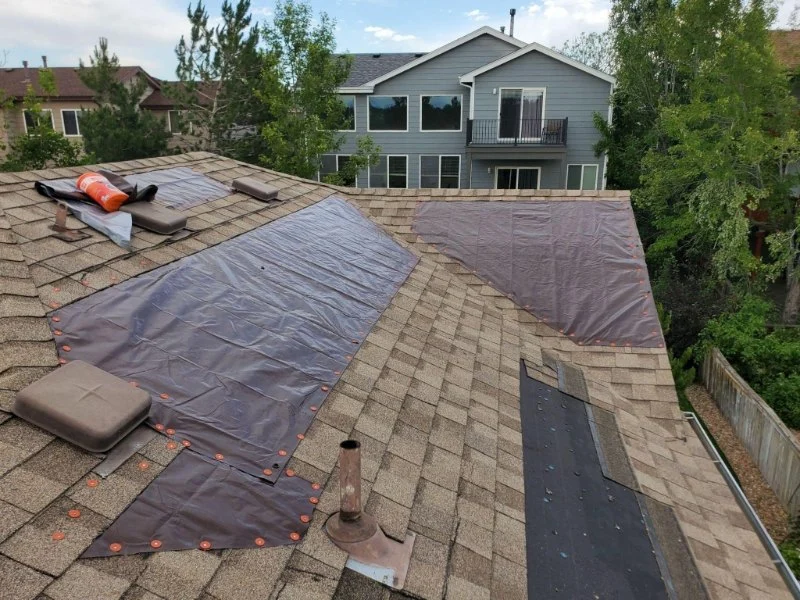
- 1. Understanding Fabric Tensile Roofs
- 2. Why Leaks Occur in Fabric Tensile Roofs
- 3. Steps to Repair a Roof Leak in Fabric Tensile Roofs
- 4. Tools and Materials Needed for Repair
- 5. Preventing Future Leaks in Tensile Roofs
- 6. When to Call Professionals for Tensile Roof Repair
- 7. Why Choose BeachCo Roofing Hub for Your Roofing Needs
1. Understanding Fabric Tensile Roofs
Fabric tensile roofs, also known as tensioned fabric structures, are a popular choice for buildings that require large, lightweight, and durable roof coverings. These roofs are made from high-strength fabric materials that are stretched tightly across a frame to create a smooth, tensioned surface. The fabric is often coated to improve durability and resistance to weathering, making it ideal for both commercial and residential structures.
Due to their lightweight nature and flexibility, fabric tensile roofs are commonly used in sports complexes, exhibition halls, and other large, open spaces. While they offer numerous advantages such as fast installation and cost-effectiveness, they also come with their own set of maintenance needs, including the occasional roof leak repair.
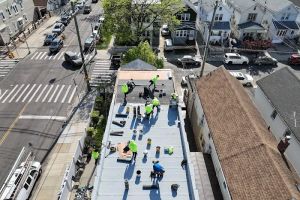
Power Roofing & Siding Long Island City
34-10 42nd St apt 3r, Long Island City, NY 11101, USA
2. Why Leaks Occur in Fabric Tensile Roofs
Although fabric tensile roofs are designed to be durable and weather-resistant, they are not impervious to damage. Leaks can occur due to various reasons, often related to wear and tear or environmental factors. Here are some common causes of leaks in tensile fabric roofs:
2.1 Physical Damage to the Fabric
Sharp objects, falling debris, or even improper installation can cause punctures or tears in the fabric. Over time, these damaged areas can develop into leaks if not addressed promptly. Fabric roofs are more vulnerable to physical damage than traditional roofing materials, requiring regular inspections and maintenance to catch potential issues before they escalate.
2.2 Weather and Environmental Factors
Extreme weather conditions, such as heavy rainfall, strong winds, or snow accumulation, can put stress on the fabric of the roof. Prolonged exposure to UV rays can also weaken the fabric material over time, leading to cracks and thinning. Additionally, dirt and debris that accumulate on the roof can block drainage points, causing water to pool and increase the likelihood of leaks.
2.3 Poor Maintenance or Installation
Inadequate maintenance or faulty installation can also contribute to the development of leaks. If the fabric is not tensioned properly, it may sag, creating pockets where water can collect and eventually cause leaks. Additionally, the lack of proper sealing around seams or joints can allow water to penetrate the fabric and reach the underlying structure.
3. Steps to Repair a Roof Leak in Fabric Tensile Roofs
Repairing a roof leak in a fabric tensile roof requires careful attention to detail and proper technique to ensure the repair is both effective and durable. Here’s a step-by-step guide on how to repair a leak in your fabric tensile roof:
3.1 Identify the Leak
The first step in repairing a roof leak is identifying the exact location of the leak. This can sometimes be tricky, as the leak may not always be directly below the damaged area. Look for signs such as water stains, damp spots, or mold growth. If the leak is not obvious, you may need to conduct a more thorough inspection or even simulate rainfall to locate the source.
3.2 Clean the Damaged Area
Before attempting any repairs, it’s essential to clean the area around the leak. Remove any dirt, debris, or algae from the fabric using a soft brush and mild soap. A clean surface ensures that the repair materials adhere properly to the fabric and provides a smoother, more effective seal.
3.3 Patch the Leak
Once the area is clean and dry, use a patch kit designed specifically for fabric tensile roofs. These kits typically include a fabric patch and adhesive. Apply the adhesive to the edges of the tear or puncture, then press the fabric patch firmly over the damaged area. Make sure the patch is smooth and free of air bubbles to ensure a strong seal. For larger tears, multiple patches may be required.
3.4 Seal the Seams
If the leak is coming from a seam or joint, you may need to apply a specialized seam sealant. Carefully apply the sealant to the edges of the seam, ensuring that it completely covers any gaps or cracks. Smooth it out with a spatula or your fingers to create an even, watertight barrier.
3.5 Test the Repair
After the repair is complete, allow the adhesive and sealant to dry according to the manufacturer’s instructions. Once the repair has fully cured, test the area by applying water to simulate rainfall. This will help ensure that the leak has been effectively sealed and that no additional issues remain.
4. Tools and Materials Needed for Repair
To repair a roof leak in a fabric tensile roof, you’ll need the following tools and materials:
- Utility knife or scissors (for cutting fabric)
- Soft brush (for cleaning the damaged area)
- Fabric patch kit (including fabric, adhesive, and primer)
- Seam sealant (for sealing seams and joints)
- Spatula or smoothing tool (for applying sealant)
- Water source for testing the repair
5. Preventing Future Leaks in Tensile Roofs
Once you’ve repaired the leak, it’s important to take steps to prevent future issues. Regular maintenance is key to extending the life of your fabric tensile roof and minimizing the risk of leaks:
5.1 Regular Inspections
Schedule regular inspections of your tensile roof, especially after extreme weather events. Look for signs of wear, tears, or sagging, and address them promptly before they lead to larger problems.
5.2 Keep the Roof Clean
Clean the roof periodically to remove debris, dirt, and algae. Clogged gutters and drainage points can lead to water pooling on the roof, increasing the chances of leaks.
5.3 Reinforce Seams and Joints
Pay special attention to seams and joints, as these areas are more prone to leaks. Apply seam sealant as needed and check for any signs of wear along these critical points.
6. When to Call Professionals for Tensile Roof Repair
While repairing a small leak in a tensile roof can be done by DIYers, there are situations where professional help is necessary. If the damage is extensive, or if you’re unsure about the best repair method, it’s best to call a professional. Professionals have the expertise and equipment to handle complex repairs, and they can ensure that the integrity of your roof is maintained.
7. Why Choose BeachCo Roofing Hub for Your Roofing Needs
At BeachCo Roofing Hub, we specialize in providing high-quality roofing services, including tensile roof repairs. Our team of experienced technicians can assess and repair your roof with precision, ensuring long-lasting results. Whether you need help with a small leak or a larger repair, we are here to assist.
Visit our website today to learn more about our services and schedule a consultation for your tensile roof repair needs.



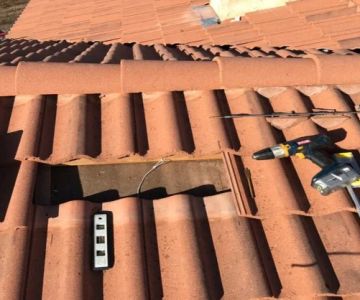
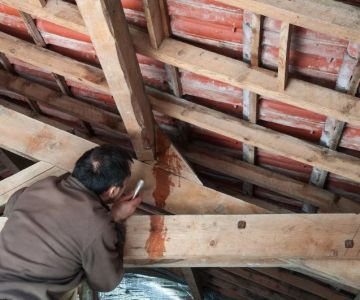
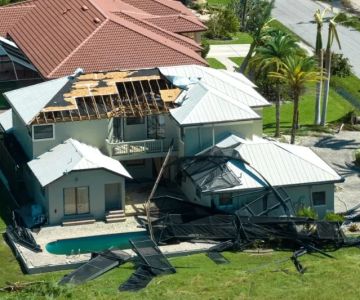
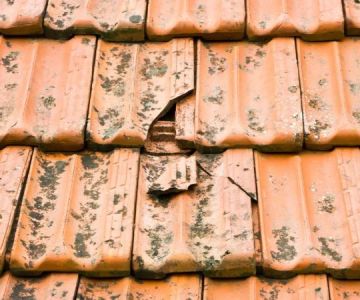
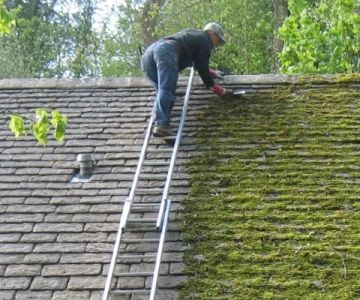
 CT Construction Group LLC5.0 (14 reviews)
CT Construction Group LLC5.0 (14 reviews) Henry's Home Improvement5.0 (5 reviews)
Henry's Home Improvement5.0 (5 reviews) New Royal Construction4.0 (17 reviews)
New Royal Construction4.0 (17 reviews)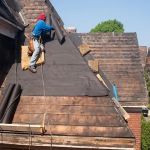 Capital Roofing Guys5.0 (32 reviews)
Capital Roofing Guys5.0 (32 reviews)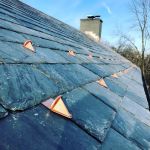 Kobren And Son LLC5.0 (1 reviews)
Kobren And Son LLC5.0 (1 reviews) Greenawalt Roofing Company4.0 (470 reviews)
Greenawalt Roofing Company4.0 (470 reviews) The Cost of a New Roof with an Energy Star Rated Reflective Coating
The Cost of a New Roof with an Energy Star Rated Reflective Coating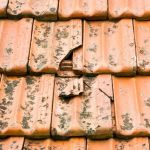 Tile Roof Repair: How to Handle Cracked and Broken Tiles
Tile Roof Repair: How to Handle Cracked and Broken Tiles Skylight Leak Repair: Common Causes and How to Waterproof Your Skylight
Skylight Leak Repair: Common Causes and How to Waterproof Your Skylight The Pros and Cons of a Black Roof vs. a White Roof
The Pros and Cons of a Black Roof vs. a White Roof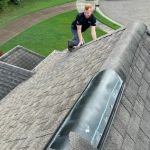 How to Choose a Roofing Contractor That Offers a Comprehensive Maintenance Program
How to Choose a Roofing Contractor That Offers a Comprehensive Maintenance Program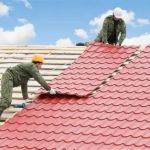 How to Choose a Roofing Material for a Building with a Unique Architectural Feature
How to Choose a Roofing Material for a Building with a Unique Architectural Feature